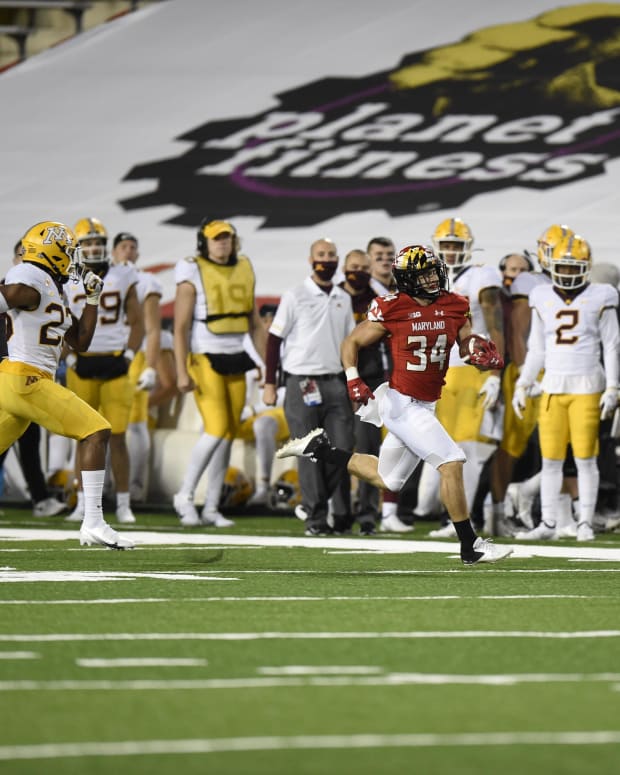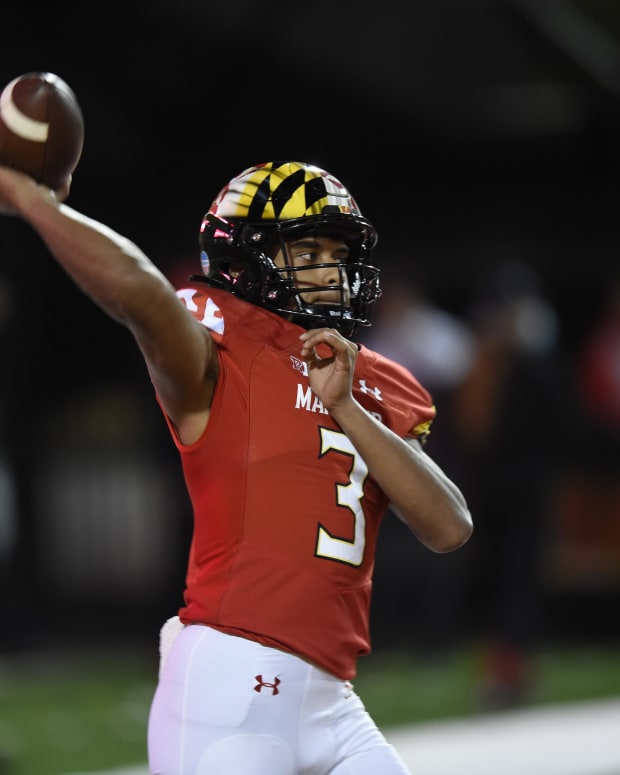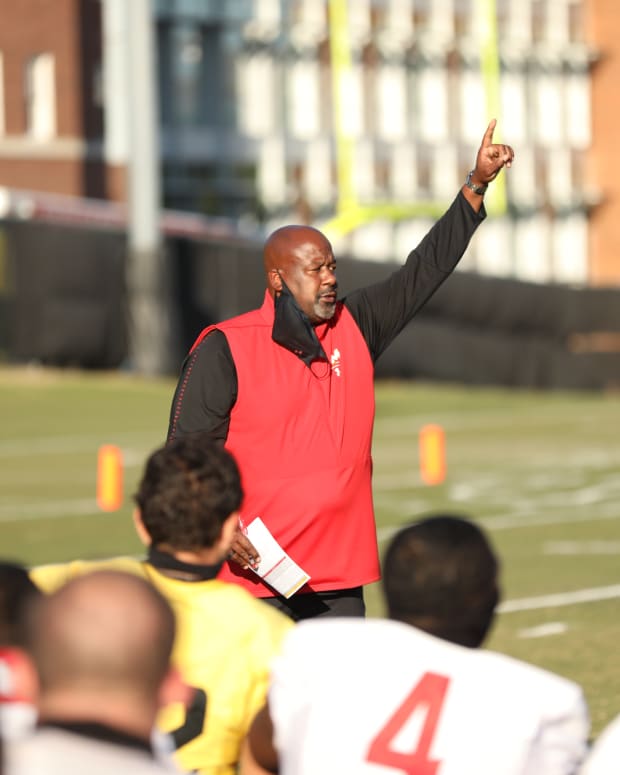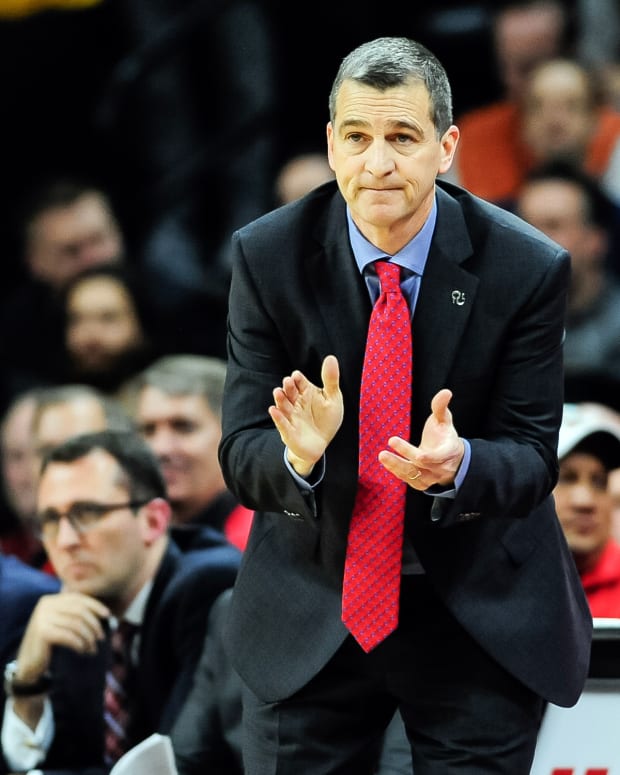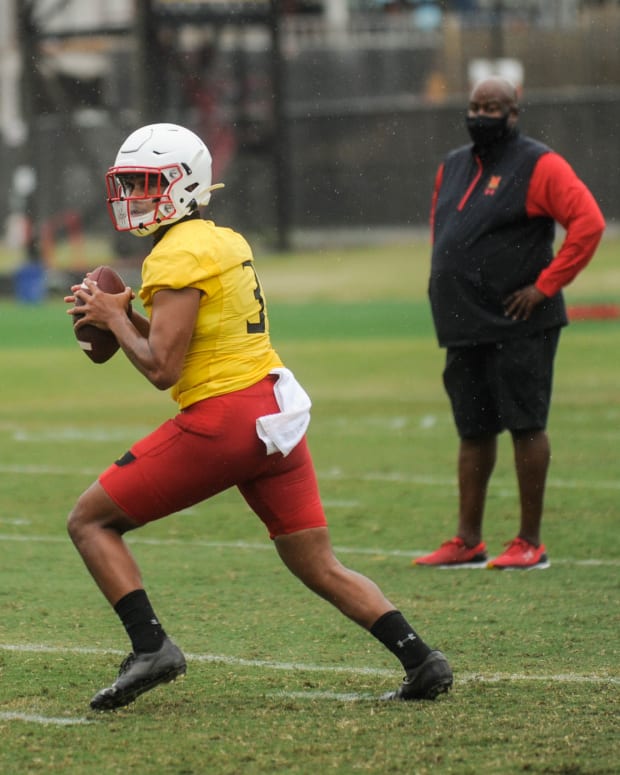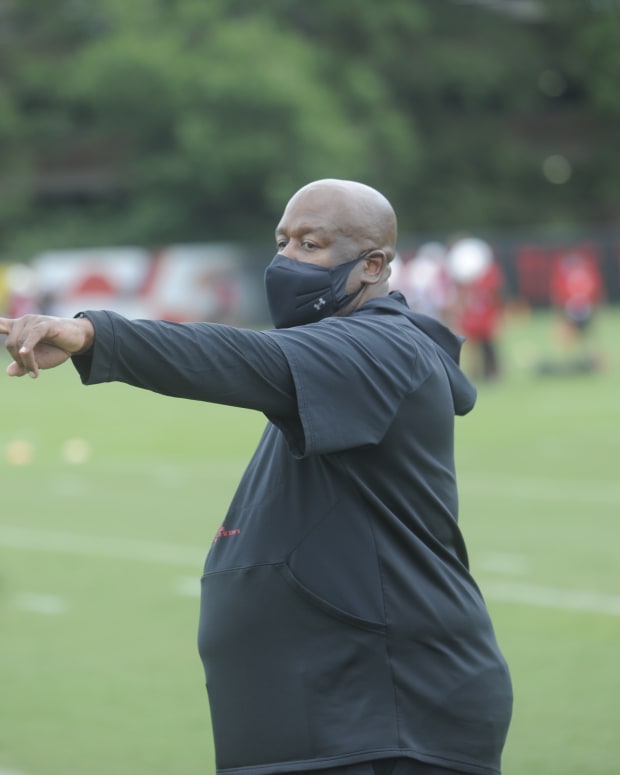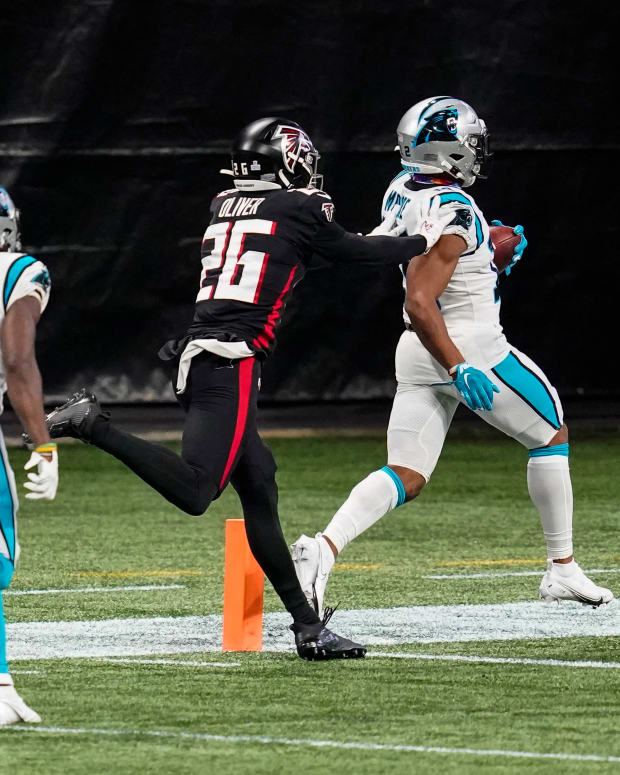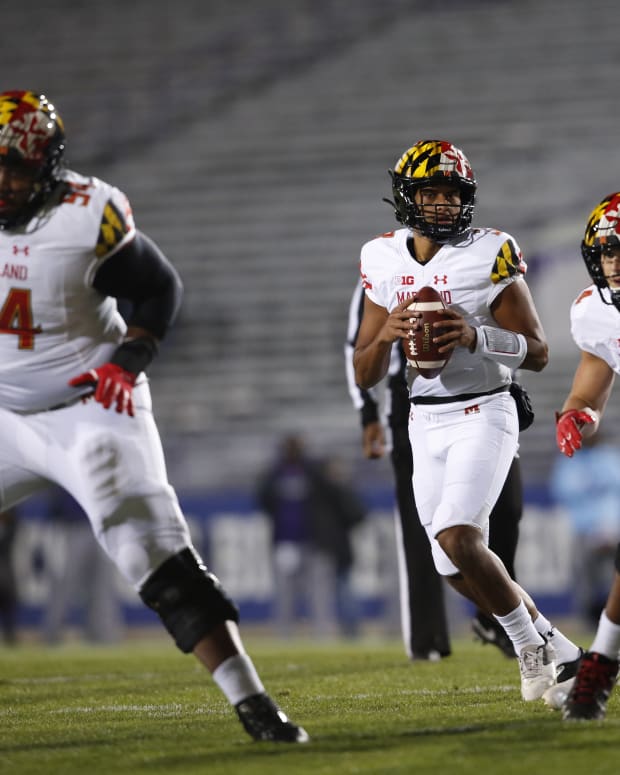More Questions than Answers as Power Five Conferences Split on Fall Season
The Big Ten formally announced plans on Tuesday to scrap the upcoming 2020 fall season, a move that was expected to be the first domino to drop in a string of reversed decisions by Power Five conferences. The Pac-12 followed the Big Ten’s decision hours later, also announcing they would move forward with fall cancellation. Big Ten commissioner Kevin Warren cited uncertainty surrounding complete player safety as his rationale for postponing the season as they remain hopeful for a spring season. But the logistics of a fall season complicate just how viable that option truly is.
Former Ohio State head coach Urban Meyer was outspokenly pessimistic about the idea of playing a spring season as the idea of playing two full seasons within one calendar year is a daunting task for any football program. Certainly true, though Big Ten teams could propose a shortened eight-game schedule for both the spring and fall season to reduce physical impact as the conference spends upcoming months analyzing the health implications of their decision.
But the lack of Big Ten football continues to raise questions for fall plans. The ACC and SEC both announced on Tuesday that they will move forward with plans for a fall season as the SEC cited they still feel “comfortable” with their protocols in place while the Big 12 announced hours later they remain on track for a fall season. The inconsistencies among the Power Five conferences continues to raise questions for schools that are still looking to play this fall—specifically Nebraska. After Huskers head coach Scott Frost admitted Nebraska is "prepared to look at any and all options," Big Ten commissioner Kevin Warren shot down the idea of them playing a fall season outside the Big Ten. “No,” Warren told Yahoo Sports, “not and be a member of the Big Ten Conference.”
The imbalance for in plans has also led to questions surround the ever-changing transfer portal and how teams slated to sit out this fall will be impacted by Tuesday’s news. If the ACC, Big 12 and SEC do move forward with plans for a fall season as announced, could players make the move to ensure they can play? It’s a viable question for seniors and draft-eligible prospects looking to improve their standing though the timing of a move this late in the season could be most challenging. While the transfer portal could see action in light of Tuesday’s news, the implications of a spring schedule could also dampen depth across the conference.
On his Big Ten Network appearance on Tuesday, Urban Meyer added another reason for why a spring season is not as viable as some believe. “We recruited players at Ohio State that have a chance to earn a living and play the game and be rewarded for their great efforts, and you’re going to ask them to play spring football — by the way — and then go miss OTAs and not prepare for a dream to go play in a professional football? That’s not fair.” While the obvious financial advantage could deter any potential professional athlete from playing an abbreviated college season, teams could see their upperclassmen and draft-eligible prospects removed from spring roster in hopes of continuing their playing careers at the next level.
Maryland wide receiver Dontay Demus has been tabbed as an NFL prospect by head coach Mike Locksley, while the defense could lose seniors Shaq Smith, Antwaine Richardson and Olu Oluwatimi. It’s premature to analyze the roster impact yet, but the ripple effect from Tuesday’s decision could add to complications moving into spring. And with Power Five conferences split on a fall season, the NCAA’s decision in regard to eligibility could be the next answer that prompts movement across college football. Potential facility crunches for schools is another problem that might not be getting top priority currently, but the ability to leverage the indoor facility looms larger now more than ever. The financial implications of completing Cole Field House remains unclear as construction for Cole Field House has been disrupted as a result of the ongoing pandemic, but the current practice field for Maryland football will become a hot discussion as men’s and women’s cross country, field hockey and men’s and women’s soccer look to find practice time alongside spring sports.
While there’s no guarantee that a fall season is any safer, the potential to mass produce a potential COVID-19 vaccine could be the decision that reinforces Warren’s efforts in moving forward with a spring season. A deal between Moderna and the U.S. government was announced on Tuesday to purchase 100 million doses of Moderna's experimental coronavirus vaccine, which is currently in late-stage human trials. The company announced they could expect results as early as October, seemingly increasing the odds for improved health and safety measures for the logistics of a fall season.
If Warren cited player safety as the primary reason for fall cancellation, then progress for a vaccination could be the determining factor. But now, the Big Ten and Pac-12 have learned of their fates for fall as college football fans now seemingly have more questions than answers. Tuesday’s news provides the certainty for the short-term that fans have been seeking for months, but the conservative yet controversial decision made by Warren punts questions when it comes to logistics for a spring season. Preseason fall practice is now done after just days of on field work, so while just 77 of 130 FBS teams are slated to play this fall, more questions arise for the conference’s decision makers.
